Ann Bybee-Finley is an Assistant Professor of Agroecology in the Department of Crop and Soil Sciences at North Carolina State University. When she is not researching crop diversification or teaching class, she enjoys performing improv comedy.
By the time students in the Advanced Agroecology course at North Carolina State University sit down to reflect on their Agroecosystem Design Project, they’ve done something bigger than they might realize. They’ve built a system—on scraps of paper, digital documents and in conversation—that aims to work with ecological principles while feeding people, managing resources, respecting labor, and creating resilience. This is no small task. Agriculture is one of the most complex and consequential systems on the planet, and engaging with it critically and creatively means stepping into a space where every decision can ripple outward.
The Agroecosystem Design Project, the culminating effort of the semester, asks students to plan a 10-year cropping system for field-scale commodity production selecting a Redesign, Substitutive, or Efficiency paradigm (Pretty 2018). Working in groups, students complete a plan that details crop selection, agronomic management, equipment needs, marketing considerations, and a strategy for measuring success. It’s a synthesis of everything we’ve explored this semester, from the science of soil and plant health to the social, economic, and political contexts in which farmers operate. But more than anything, it’s an exercise in agency.
As a new faculty member leading the Agroecology Undergraduate Program and the Director of the Agroecology Education Farm, I wanted students to think about how to apply agroecological principles in field crop production. To this end, I am working with Amy Johnson, another faculty member in the department to actually develop different demonstration cropping systems at the Agronomy Field Lab—6 acres adjacent to the Agroecology Education Farm because seeing is believing. Who better to help us in the process than those enrolled in the Agroecology class?
For the next few episodes of The Aggregate, we will hear the voices of young agroecologists look back at that design process, and their inspirations.
We might read about the availability of information and how it shaped their designs. What resources were easy to come by, and what gaps did they have to bridge? Their thoughts on who creates the knowledge they—and presumably farmers--rely on? Whether it is farmer-led, academic, or market-driven?
Or the students might reflect on the process itself: the messiness, the setbacks, the way ideas evolved over time. If they struggled to abide by the boundaries their cruel instructor laid before them. Did they have to think bigger? Smaller?
Hopefully some might even consider how demonstration systems can serve the public by making agroecological designs visible, tangible, and testable over time.
What underlies this assignment is the belief that experiential knowledge matters. Reading about systems thinking is one thing. Wrestling with it—through group work, research, decisions, and revisions—is another. Designing an agroecosystem forces us to move from ideas to action, even if only in simulation. It requires trade-offs. It reveals the constraints that shape farming today and the creativity needed to navigate them. It exposes the complexity of implementing "sustainability" in real time. But it also reminds us that we are not stuck—that better is possible, if imperfect.
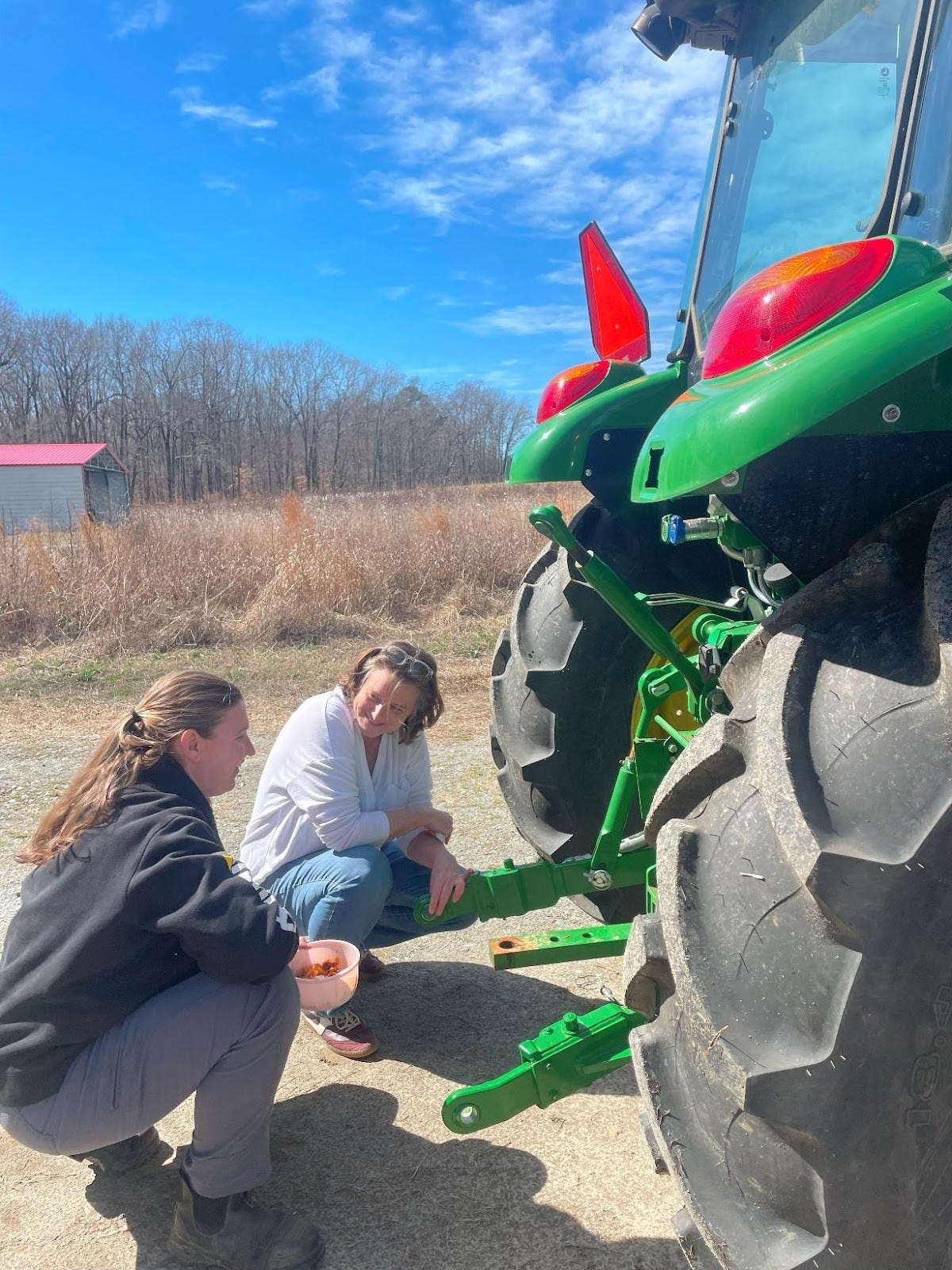
In this time of abrupt change, I would like to shout from the rooftops that meaningful change often begins with something small, slow, and iterative. Change doesn’t have to be disruptive to be meaningful. In fact, it often works best when it’s incremental—built in layers, like a diversified rotation or a multi-strata system. A steady drumbeat that builds into a symphony. It can mean making thoughtful, patient progress in a way that meets people where they are. Farmers don’t need to—and cannot—overhaul everything overnight; they need systems that work under their specific conditions. Push boundaries and the boundaries will likely expand.
References:
Pretty, Jules. 2018. Intensification for redesigned and sustainable agricultural systems. Science (New York, N.Y.) 362: eaav0294. https://doi.org/10.1126/science.aav0294.


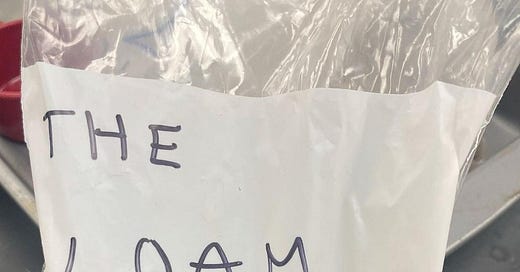



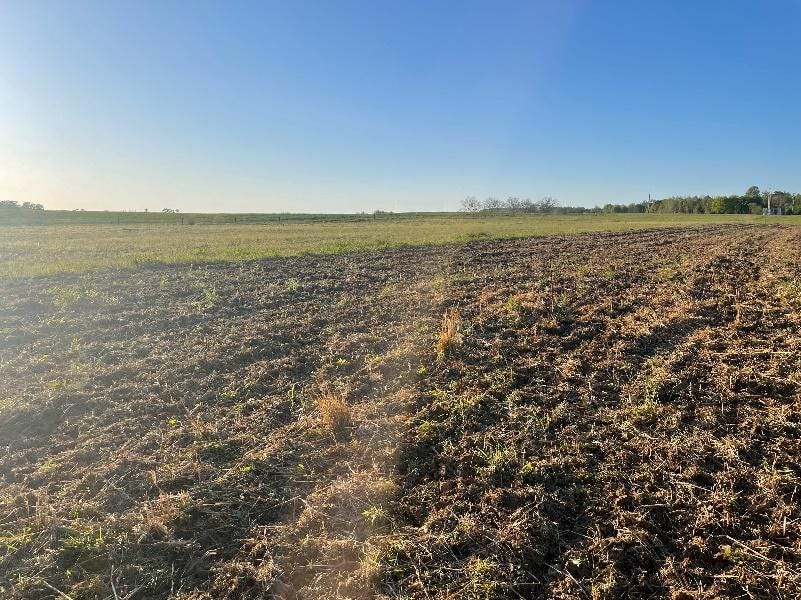
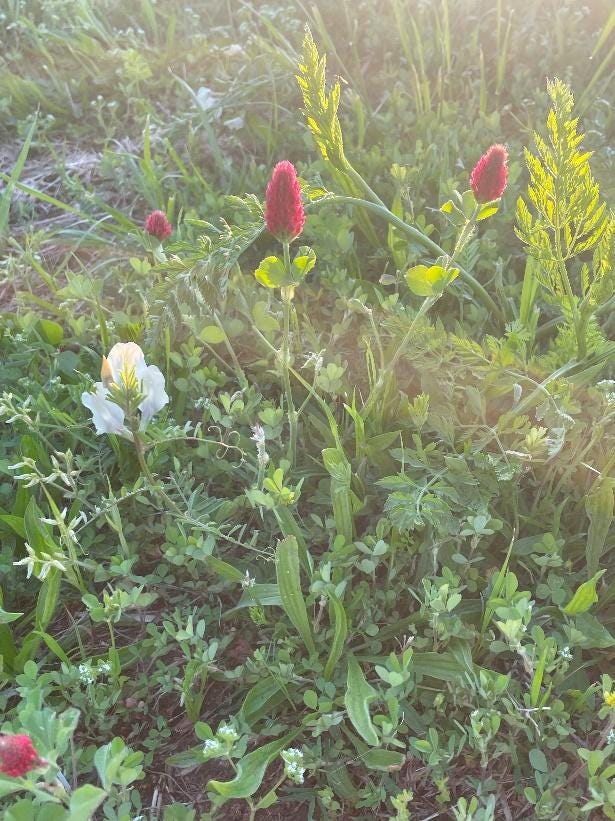
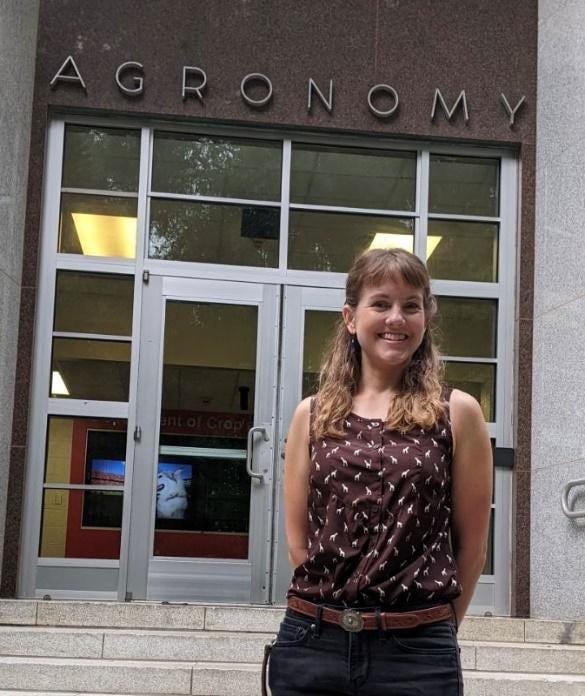

I like how this assignment requires the students to engage with the trade-offs inherent in agricultural design, even if "only in simulation".
This is such a cool project for your class, Ann! Once you've implemented the new cropping systems trials, will future students still be designing cropping systems in your class, or will their involvement with the Agroecology Education Farm and Agronomy Field Lab be different? I'm considering how I can incorporate more experiential learning into my classes and I would love to hear your ideas!